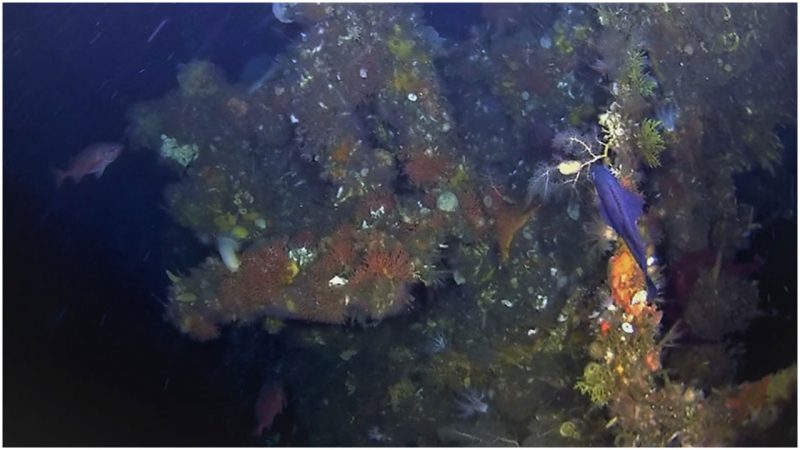A part of a U.S. Destroyer hit by a Japanese mine in World War II was finally discovered in the waters off the Aleutian Islands in Alaska, almost 75 years to the day since it was sunk.
Sonar and video have shown the stern of the USS Abner Read, torn off the destroyer on August 18, 1943, some 290 feet below the surface of the Bering Sea, which is near the island of Kiska in Alaska.
A NOAA-funded team of scientists from Scripps Institution of Oceanography at the University of California San Diego and the University of Delaware discovered the missing 75-foot section.
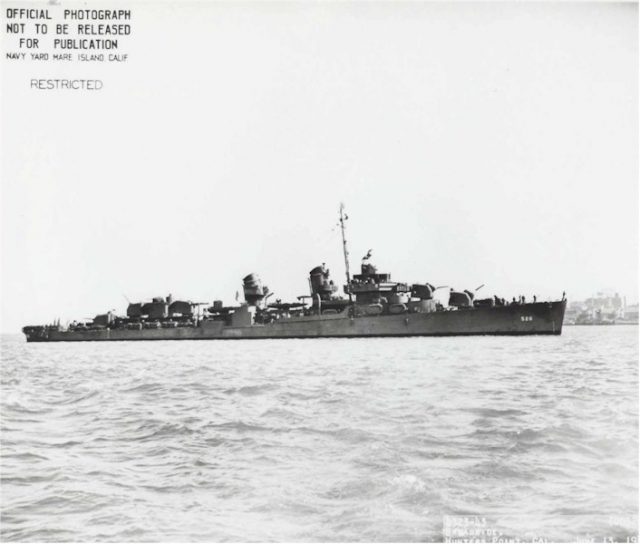
Seventy-one U.S. Navy Sailors were lost in the aftermath of the blast during this early campaign of World War II. For the families of the sailors, the final resting place of those loved ones lost in the predawn hours of August 18th had remained unknown.
On July 17, 2018, the team of scientists from Scripps Institution of Oceanography at the University of California San Diego and the University of Delaware discovered the missing 75-foot stern section in 290 feet of water off of Kiska, one of only two United States territories to be occupied by foreign forces in the last 200 years.

“This is a significant discovery that will shed light on this little-known episode in our history,” said retired Navy Rear Adm. Tim Gallaudet, Ph.D., Acting Under Secretary of Commerce for Oceans and Atmosphere and NOAA administrator. “It’s important to honor these U.S. Navy Sailors who made the ultimate sacrifice for our nation.”
The Abner Read was on patrol at about 1:50 a.m. Alaska time when the massive explosion — which has always been presumed to be from a Japanese mine — ripped the destroyer apart. Somehow the crew kept the main part of Abner Read’s hull watertight, and two nearby Navy ships towed it back to port.
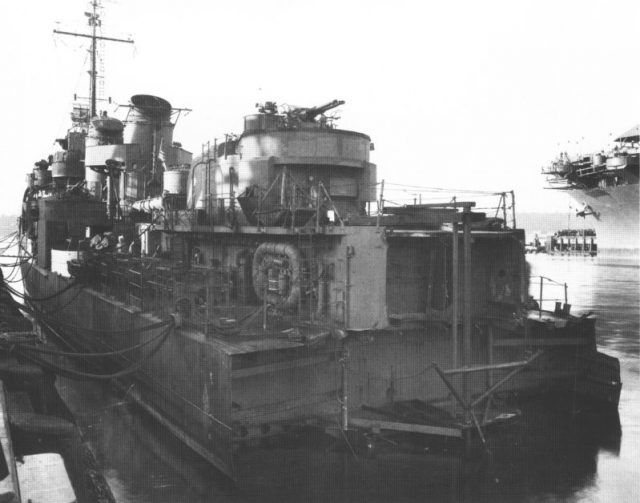
“This was catastrophic damage that by all rights should have sunk the entire ship,” said Sam Cox, Curator of the Navy and director of the Naval History and Heritage Command.
The destroyer was repaired and went on to fight in several battles in the Pacific before being destroyed in November 1944 by a Japanese dive bomber in a kamikaze attack during the battle of Leyte Gulf. Abner Read received four battle stars for her World War II service.
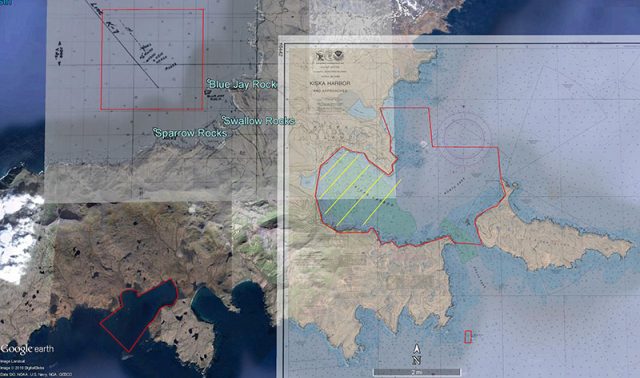
Finding the ship’s lost stern was a chief goal of the July mission to document the underwater battlefield off Kiska. In addition to NOAA and Scripps, the project was supported by Project Recover, a public-private partnership that uses 21st century science and technology and archival and historical research to find the final underwater resting places of Americans missing in action since WWII.
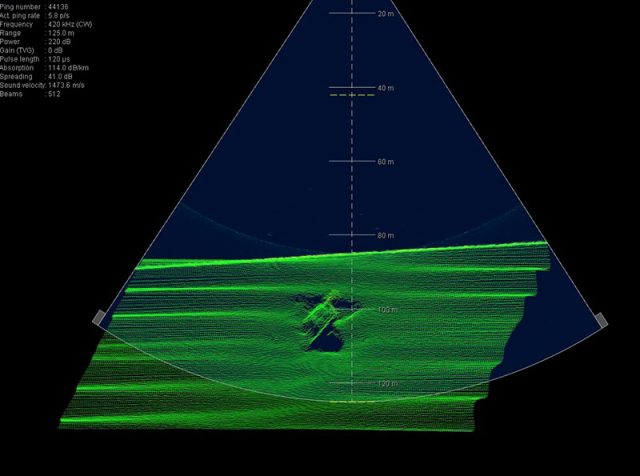
Historians have shown new interest in studying battles on Kiska and Attu, the Aleutian islands that were attacked and occupied by as many as 7,200 Japanese forces from June 1942 to mid-August 1943, but this Kiska mission was the first to thoroughly explore the underwater portion of the battlefield.
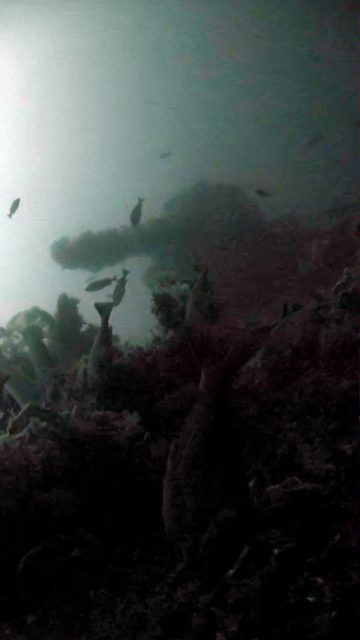
Many ships, aircraft and submarines from both the United States and Japan were lost during the 15-month campaign to reclaim this corner of America. Now, recent advancements in undersea technology, many developed by the Office of Naval Research, are helping to reveal the forgotten histories of long-ago valor.
After multibeam sonar mounted to the side of the research ship Norseman II identified a promising target, the team sent down a deep-diving, remotely operated vehicle to capture live video for confirmation.
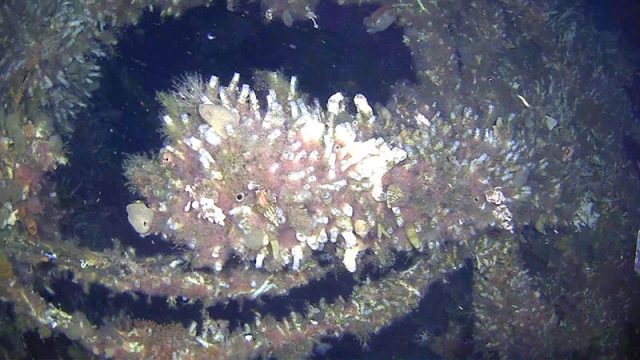
“There was no doubt,” said expedition leader Eric Terrill, an oceanographer at Scripps Institution of Oceanography and co-founder of Project Recover. “We could clearly see the broken stern, the gun and rudder control, all consistent with the historical documents.”
Read another story from us: Point Honda – The Largest Peacetime Naval Accident in U.S. History
Along with the Abner Read’s stern, a dozen Japanese ships, two Japanese submarines, and numerous downed American airplanes are believed to be in the local waters, according to Mark Moline of the University of Delaware in an interview with the Washington Post.
Nancy Bilyeau, a former staff editor at Entertainment Weekly, Rolling Stone, and InStyle, has written a trilogy of historical thrillers for Touchstone Books. For more information, go to www.nancybilyeau.com.
